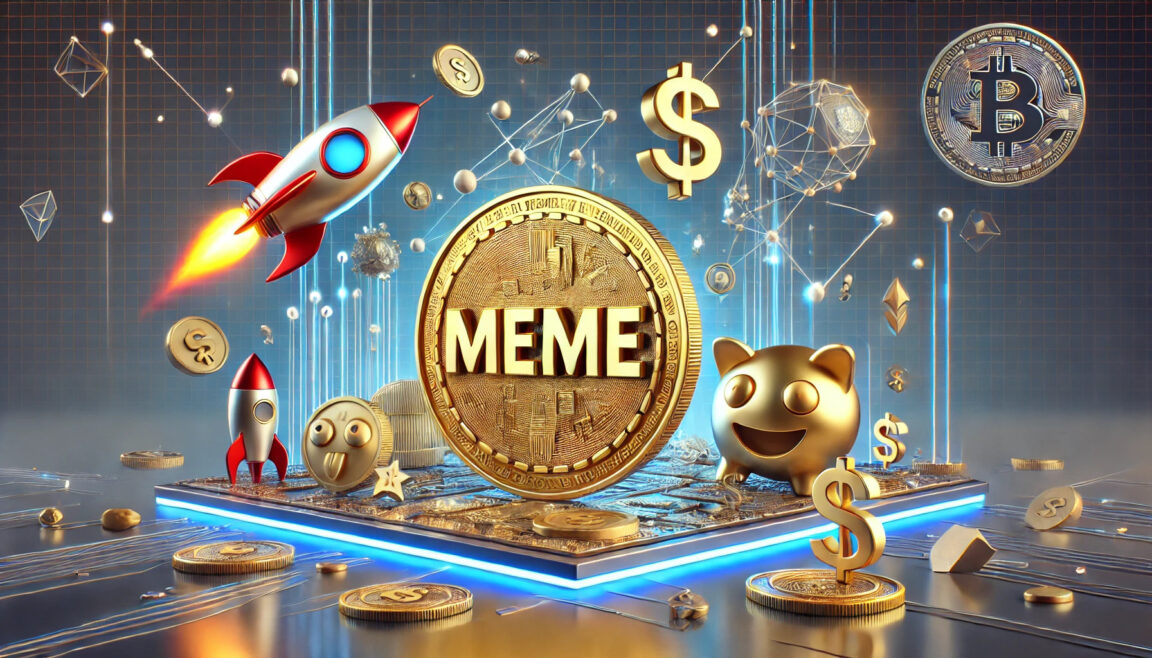The Legality and Ethics of Meme Coins: Why Such Activities Are Allowed
In the evolving world of cryptocurrency, the creation and promotion of meme coins have become a widespread phenomenon. While some of these projects bring humor and lightheartedness to the crypto space, others raise questions about their ethical and legal foundations. Here’s a deep dive into why meme coins, despite their potential exploitative nature, are often legal and the ethical implications surrounding their creation.
Why Activities Like Meme Coin Creation Are Legal
1. Lack of Comprehensive Regulation
One of the main reasons such activities are legal is the lack of robust regulation surrounding cryptocurrencies, particularly meme coins. Many jurisdictions are still grappling with how to classify and regulate digital assets, leaving significant gray areas. Furthermore, the global nature of crypto allows creators to launch projects from jurisdictions with lenient or nonexistent oversight, effectively bypassing stricter regulatory frameworks.
2. Disclaimers Protect Creators
Meme coin creators often use disclaimers to shield themselves from legal consequences. Common phrases include:
- “This coin is for entertainment purposes only.”
- “Not an investment product.”
- “No guarantees of financial return.”
By making these disclaimers, creators shift responsibility to the buyers, framing the purchase as a speculative choice rather than an investment with guaranteed returns.
3. Private Property and Free Enterprise
In most jurisdictions, creating a cryptocurrency or token is entirely legal. Retaining ownership of a majority share is also allowed and can be likened to owning equity in a private company. Unless fraud or misrepresentation occurs, this is considered a legitimate practice within the bounds of free-market enterprise.
4. Regulatory Focus on Fraud, Not Structure
Regulators typically intervene only when fraud or deception is evident. Legal scrutiny arises in cases of:
- Fraudulent Claims: Promises of guaranteed returns or false statements about the project’s capabilities.
- Deceptive Practices: Misleading investors about the token’s utility or value.
- Unregistered Securities: If a coin meets the criteria of a security (e.g., under the U.S. Howey Test) and is sold without proper registration, it may face legal action.
If the project’s structure is disclosed transparently and no fraudulent claims are made, regulators are less likely to take action.
5. Speculation is Legal
Speculating on assets, even risky or seemingly worthless ones, is legal. The value of meme coins is often driven by market sentiment rather than intrinsic utility. As long as buyers willingly engage, the law treats these transactions as free-market activity.
Why This Can Be Problematic
While such activities may be legal, they often exploit:
1. Lack of Awareness
Retail investors may not fully understand the risks associated with meme coins, particularly those with large insider allocations.
2. FOMO (Fear of Missing Out)
Aggressive marketing campaigns often play on emotions, creating a sense of urgency and driving speculative buying.
3. Centralized Ownership
When a small group retains the majority of a coin’s supply, it undermines the decentralized ethos of cryptocurrencies. This structure also increases the potential for market manipulation.
4. Exit Strategies
After lock-up periods (e.g., three years in some cases), insiders may flood the market with their holdings, causing a crash in value while they profit. Retail investors are often left bearing the losses.
Possible Justifications by Creators
Creators of meme coins often defend their actions by:
- Project Development: Claiming large allocations are reserved for future growth, marketing, or partnerships.
- Confidence Signaling: Lock-up periods for insider holdings are presented as a sign of long-term commitment to the project.
However, without clear transparency and accountability, these justifications can ring hollow.
The Need for Reform
To address the potential for exploitation, regulators and the crypto community are exploring reforms:
1. Classifying Tokens
Clear guidelines on when a token is a security, commodity, or utility would help prevent abuse.
2. Transparency Requirements
Mandatory disclosures about token allocation, use of funds, and governance structures would empower investors to make informed decisions.
3. Investor Protection
Introducing rules to prevent pump-and-dump schemes and limit excessive insider ownership would create a fairer marketplace.
4. Public Education
Awareness campaigns about the risks of speculative investments in meme coins could reduce the number of victims in future schemes.
Final Thoughts
While the creation and promotion of meme coins are often legal, their ethical implications are questionable. The combination of centralized ownership, aggressive marketing, and speculative hype creates an environment ripe for exploitation.
Investors should approach such ventures with extreme caution, conduct thorough research, and be prepared to lose their investment. Regulatory reforms and greater transparency will be essential to curb the potential harms associated with meme coins, ensuring that the crypto space remains a place for innovation rather than exploitation.





GIPHY App Key not set. Please check settings